|
Replies: 3
| visibility 1
|
All-In [29962]
TigerPulse: 100%
Posts: 8867
Joined: 10/31/10
|
The Pacific War (1 of ?)

18

18
Aug 30, 2023, 1:46 PM
|
|
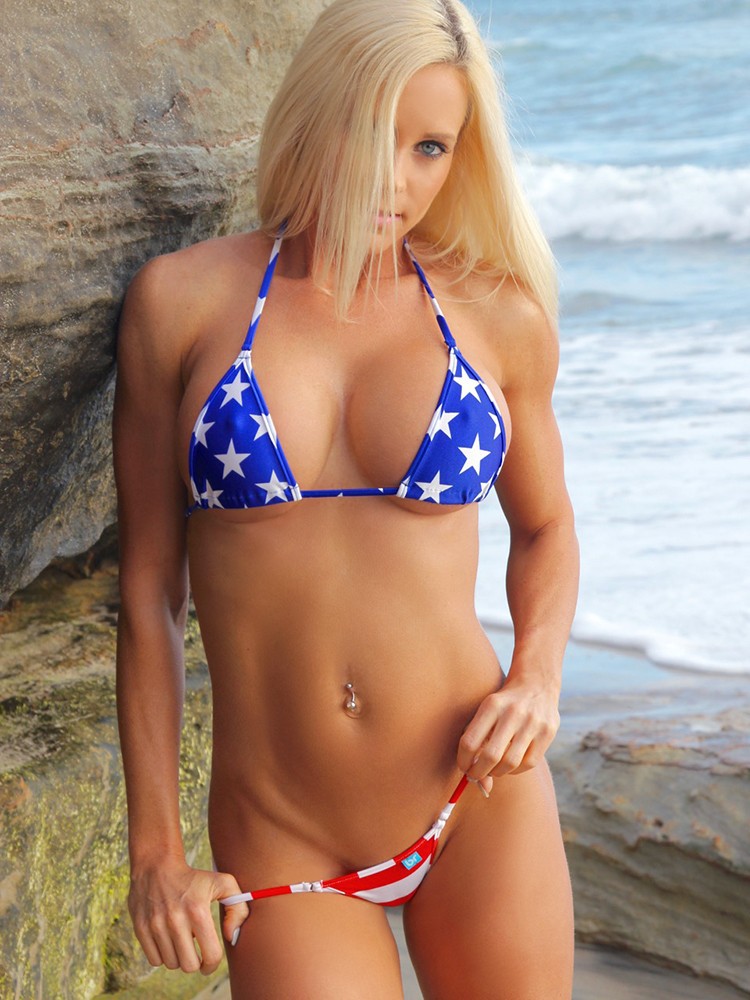
September 2 is coming up, and it’s the anniversary of V-J Day; Victory over Japan in WW2. It’s a pretty important day, because a lot of our fighting boys finally got to go home and give birth to our dads, who in turn gave birth to us. And who can complain about that?
Some of them even brought back war trophies with them.

My granddad wasn’t one of them though. His job was to stay in the Philippines for months after the war was over. His charge was to get shot at convincing the last fanatics that Japan actually did surrender. He offered me his candid thoughts on the deadly clean up duty a few times in my youth.
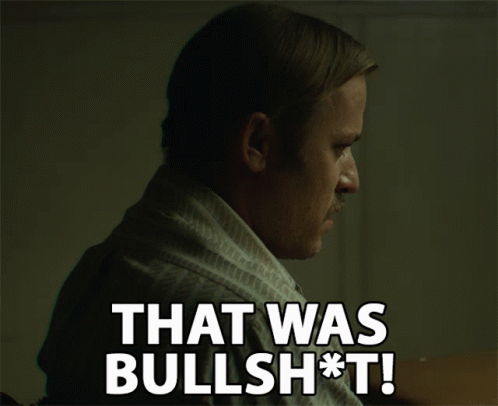
This isn’t him on the left, but it’s a guy very much like him, who also didn’t like being shot at by hold-outs. Coincidentally, my first boss had a similar job in Europe, digging fanatical German teens out of captured French bunkers.

My Grandad was more patient than my boss though. By boss said he gave the Hit ler Youth taking pot-shots at him one chance to surrender, and if they didn’t yell back he just buried them alive in their bunker with explosives. And he admitted his hearing wasn’t always that great.

On the plus side though, the world got saved, the existing economic and political order was mostly maintained, and the bad guys got vanquished. So all-in-all, September 2, 1945 was a pretty good day.

San Diego Bay today. That’s the USS Midway (CV-41) in the background. The Midway was the first of the post WW2 carriers, being commissioned just 8 days after the Japanese surrender on September 2, 1945. It was also the first carrier too big to fit through the Panama Canal. Now it’s a museum like the Yorktown.
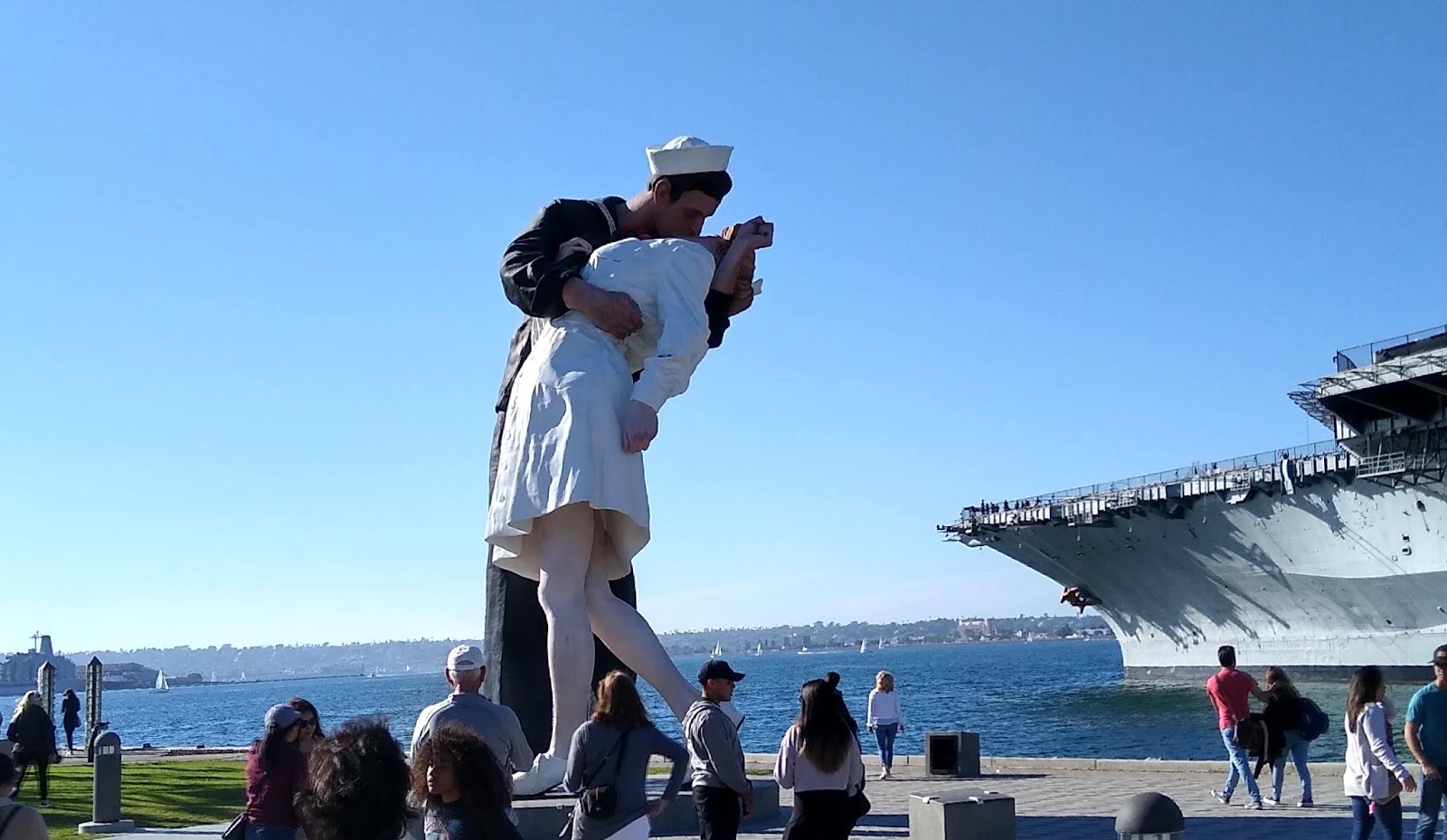
The Yorktown at Patriot’s Point is actually CV-10, the second Yorktown, which came online in the middle of the war in 1943, The first Yorktown, CV-5, was lost to a sub after being damaged in the Battle of Midway in 1942.
CV-10 Yorktown
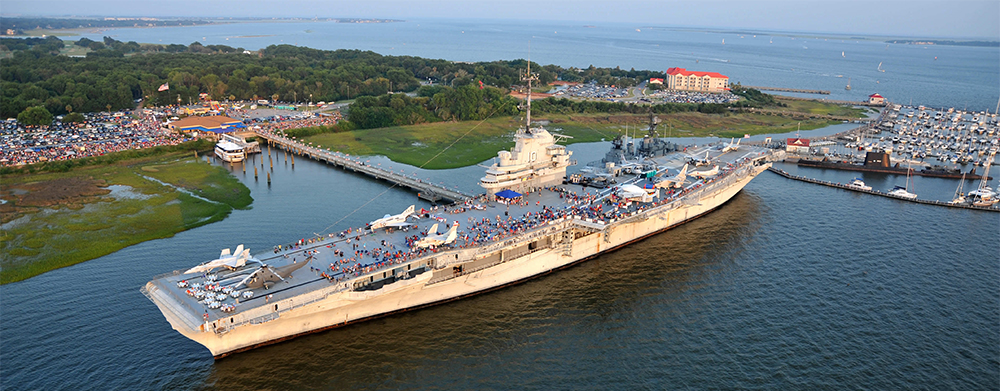
CV-5 Yorktown

But the story of September 2, 1945 is a long one. And it took about 100 years to get from this…

to this…
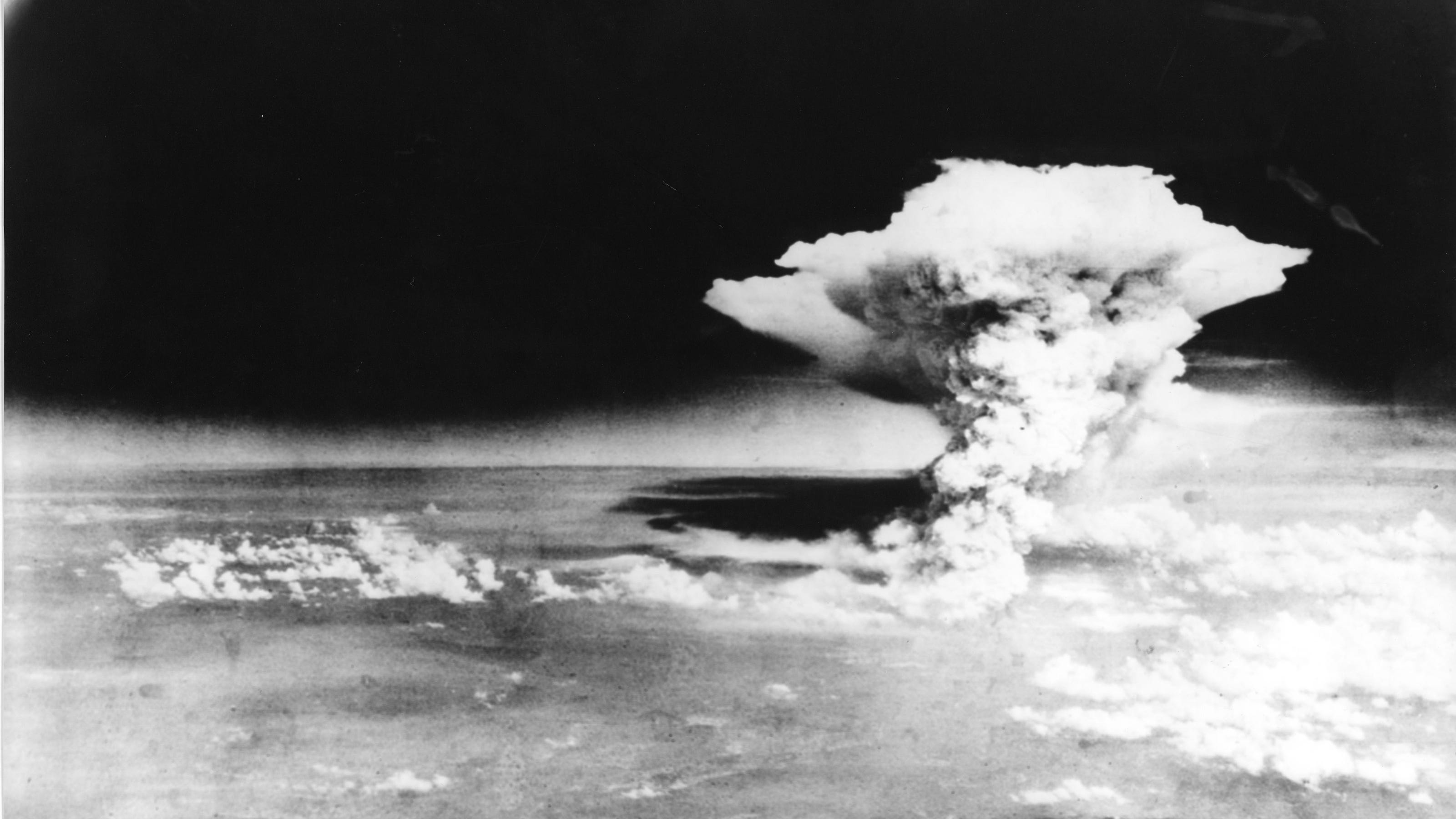
Most of history is never quite as simple, or as black and white, as the common knowledge or mythology suggests. There can be quite a few twists and turns along the way. And sometimes, like in any good vintage pron flick, you find that everyone ends up in everyone else’s bed before the story is over.
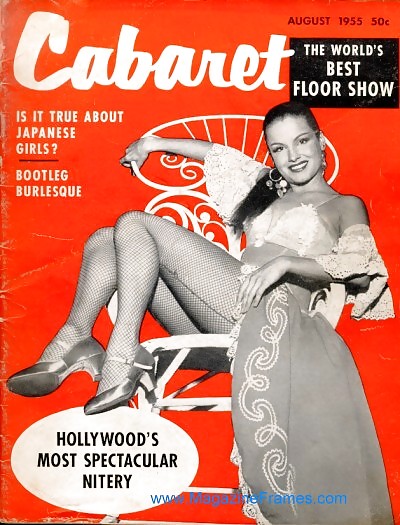
And you can’t always count on the victors to scribe the whole story.

That’s where this edition of Military Pron comes in. We’ll consider it geopolitical pron for the moment, because before we get to the battles that won the Pacific War, we’ll take a look at the circumstances that got us there in the first place. Nothing happens in a vacuum, and nothing illustrates that better than the Pacific War.
MacArthur and some allied friends on the USS Missouri, Mighty Mo (BB-63), at the formal surrender of Japan in Tokyo Bay, September 2, 1945. Too bad my grandad didn’t have this photo to pass out to fanatics as proof.
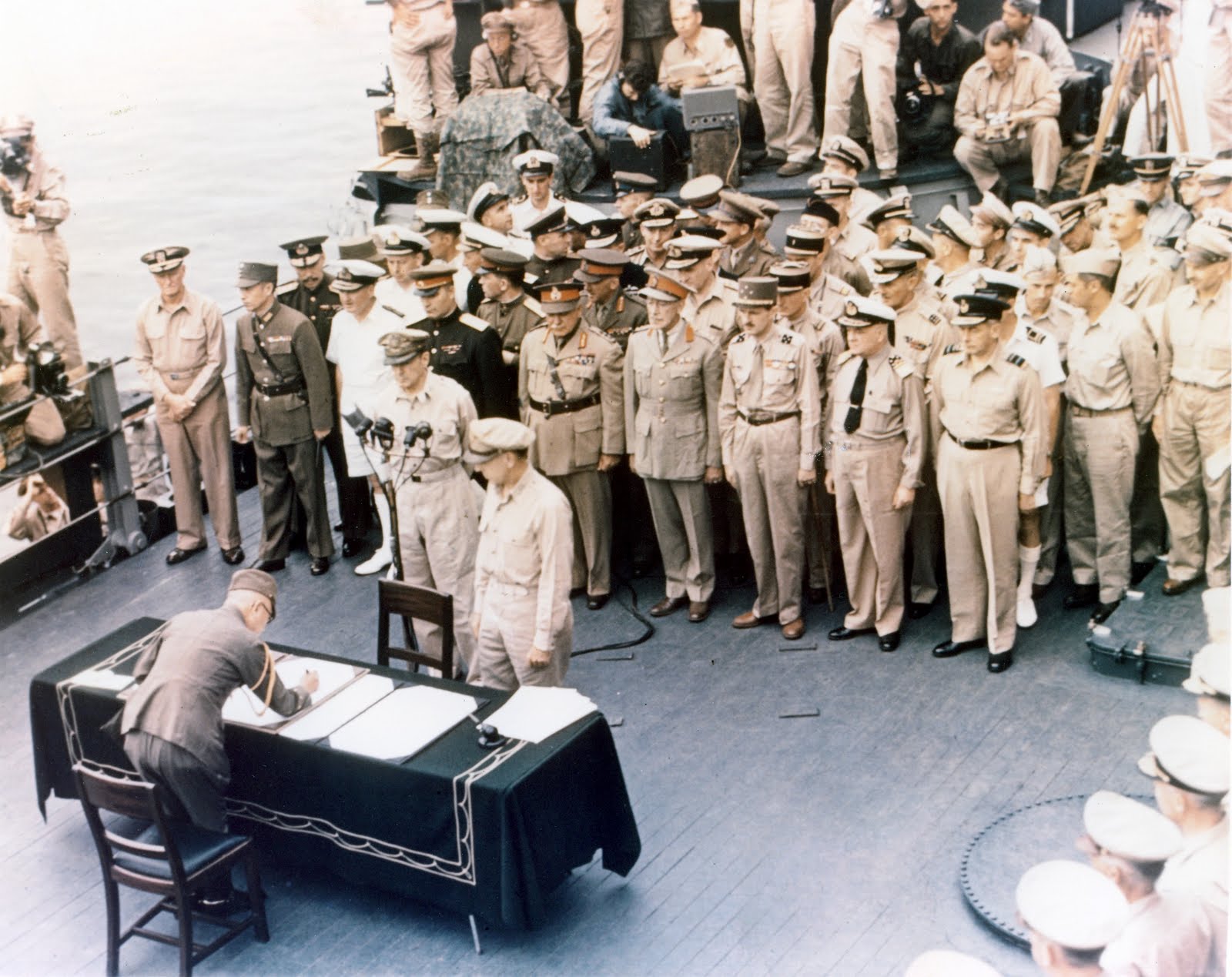
American industry on full display

So these posts may include some history you might be familiar with, some connections you might not have realized, and some conspiracy theory tossed in for a little pizazz. And it’s all in the upcoming episodes of Military Pron mini-series: The Pacific War.
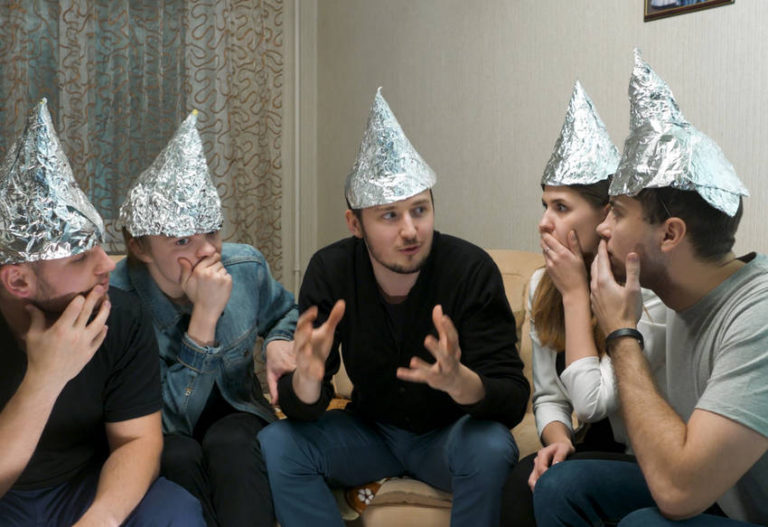
Any good story has a colorful cast of memorable characters. And the Pacific War had a great cast. You had Japan, and China, and England, and France, and the Netherlands, and the Philippines, and Germany, and Russia, and Spain, and of course us, America.
Pretty much, anyone who was in Europe, was also in the Pacific. Ten nations all vying for power across the vastness of the ocean. And it just wasn’t big enough for all of them. The people of the time knew exactly what was happening. They didn’t have to read about it in the history books. They could see it in their daily newspapers.

But our story doesn’t begin with any of those ten nations. It actually begins in India, with taxes, and tea. Sound familiar?

In 1838, 100ish years before WW2, England had another tea problem after the American one in 1773. Tea was too simply too cheap. It was so cheap that the British East India company was about to go out of business. The British loved the stuff, and the Chinese were willing and able to ship them bags and bags and bags of it. But the BEI simply couldn’t make a profit off of it, even with a complete government-granted monopoly.

So the English government stepped in again. And, having learned from the American Revolution not to tamper with the price of tea, they tried a different approach in 1838.

The real problem wasn’t with the tea itself. And it wasn’t in the American Revolution either. In fact, the Tea Act of 1773 actually reduced the price of tea in America. Go figure. That fight was actually more about the British ability to impose ANY tax, even a lower one, on their colonies. The Americans weren’t pixxed of at higher taxes, they were pixxed of at ANY taxes.
In 1838, though, the problem was that the Chinese weren’t buying anything back from England in return for the tea they sold. So, silver payments were pouring into China from England, and no silver was going back to England. Only tea. England was getting tea-bagged on the deal.

So what does all this have to do with the price of tea in China?
Absolutely nothing. Which is precisely the point.
To get around the too-cheap tea problem, England gave the British East India Company another monopoly on something to sell back to the Chinese which would actually make them money.
Opium. Indian Opium. And lots of it. The stuff of morphine, and laudanum, and heroin.
That’s right, Opie. LOTS of Opium.



An opium storehouse in India, How much opium does one really need?

So, while India wasn’t a player in the 1940’s Pacific War, they were a player in the modern roots that eventually led to it. Because Britain and everyone else was hell-bent on getting into the Chinese market, as we will see. It all revolves around China. In some very surprising ways.
Everybody wanted themselves some China in the 1800’s.

For England, selling opium to China was a great, great plan. The only problem was, the Chinese government didn’t want the sh**.
Actual live footage of the Chinese Emperor, trying to protect his people, and his markets
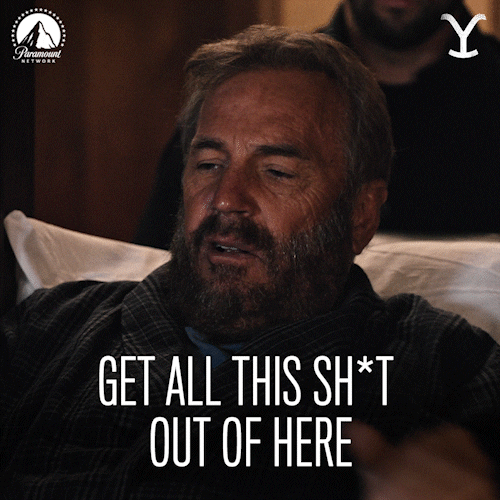

Ever heard of the Boston Tea Party?
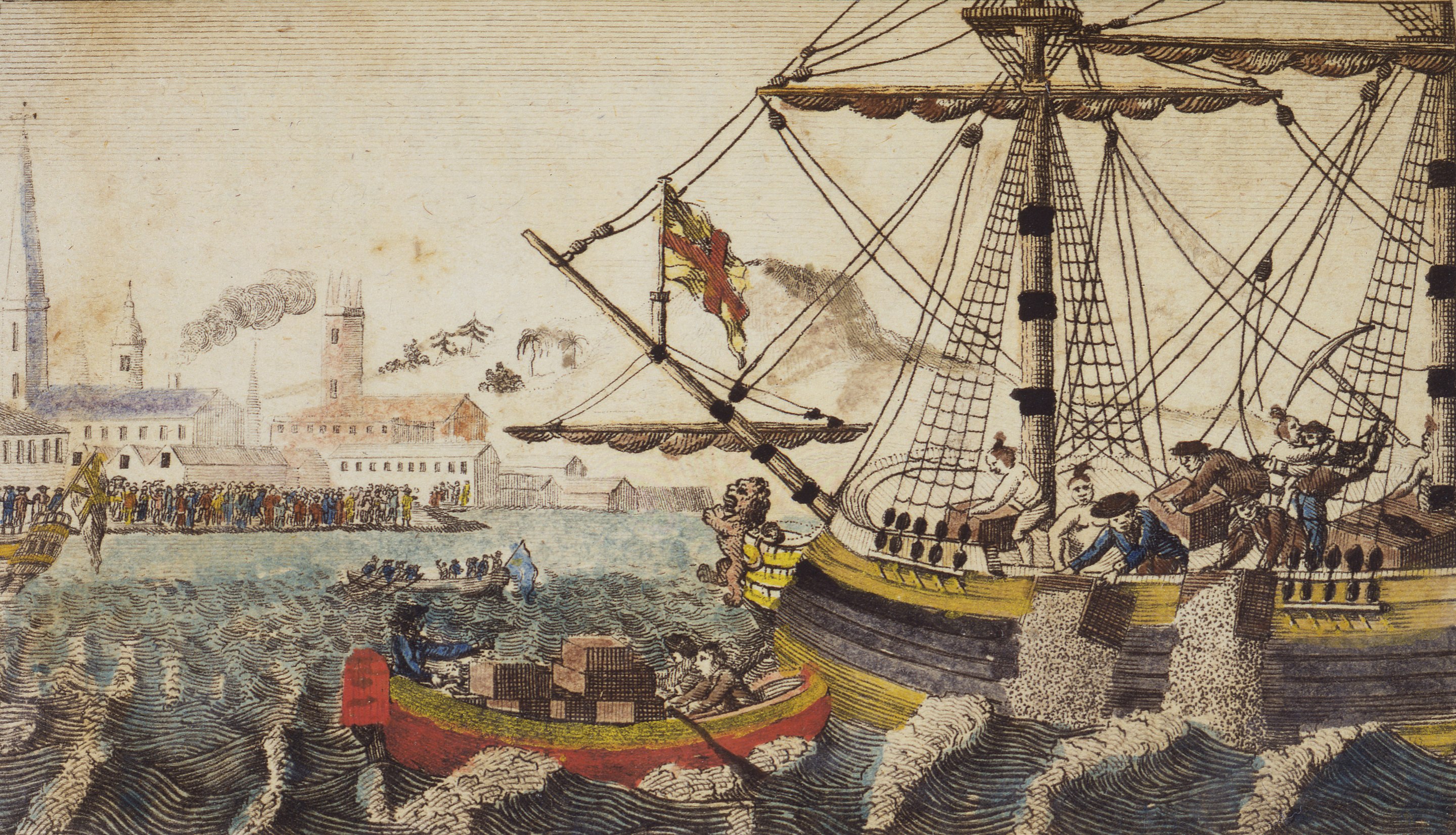
How about the Canton Opium Party? Here the Chinese dump crates and crates and crates of unwanted Indian opium, pushed by the British, into the water. A Chinese Eliot Ness overlooks the destruction of the illegal drugs.

Into the drink with it boys! Every crate. 20,000 chests in 20 days. Compare that with 342 chests of tea over one day in Boston.
For those of you who value money, that’s about 2 million British pounds worth of tea lost vs. about 2.5 billion British pounds of opium lost. You think a drug lord gets pixxed when his product is dumped?

A drug lord can only go kill a few people. But a country, well, they can kill a LOT of people. And that’s how the British Empire responded. You know what’s coming next. WAR!
The Empire Strikes Back. If the Chinese aren’t interested in buying opium, just start a war and force them to buy it.
Yo’ cheap Chinese junk ain’t go no chance!
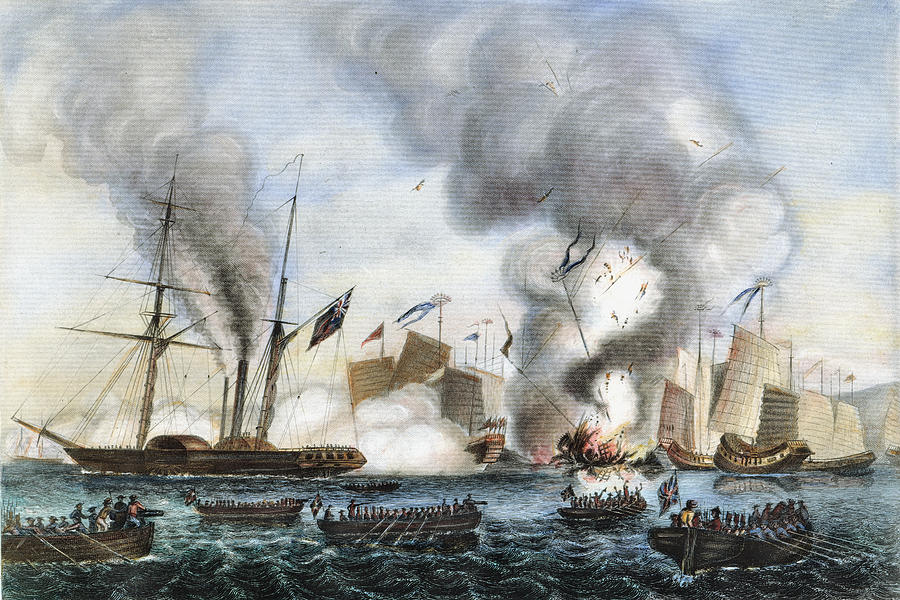
In fact, the British started two wars for twice as much opium trade. And so, between 1839 and 1860, right about the same time as our own Nullification Crisis of 1832 and Civil War in 1861, England was ramming opium down unwilling Chinese throats as fast as they could, in back-to-back wars of their own. It was right in the newspapers.
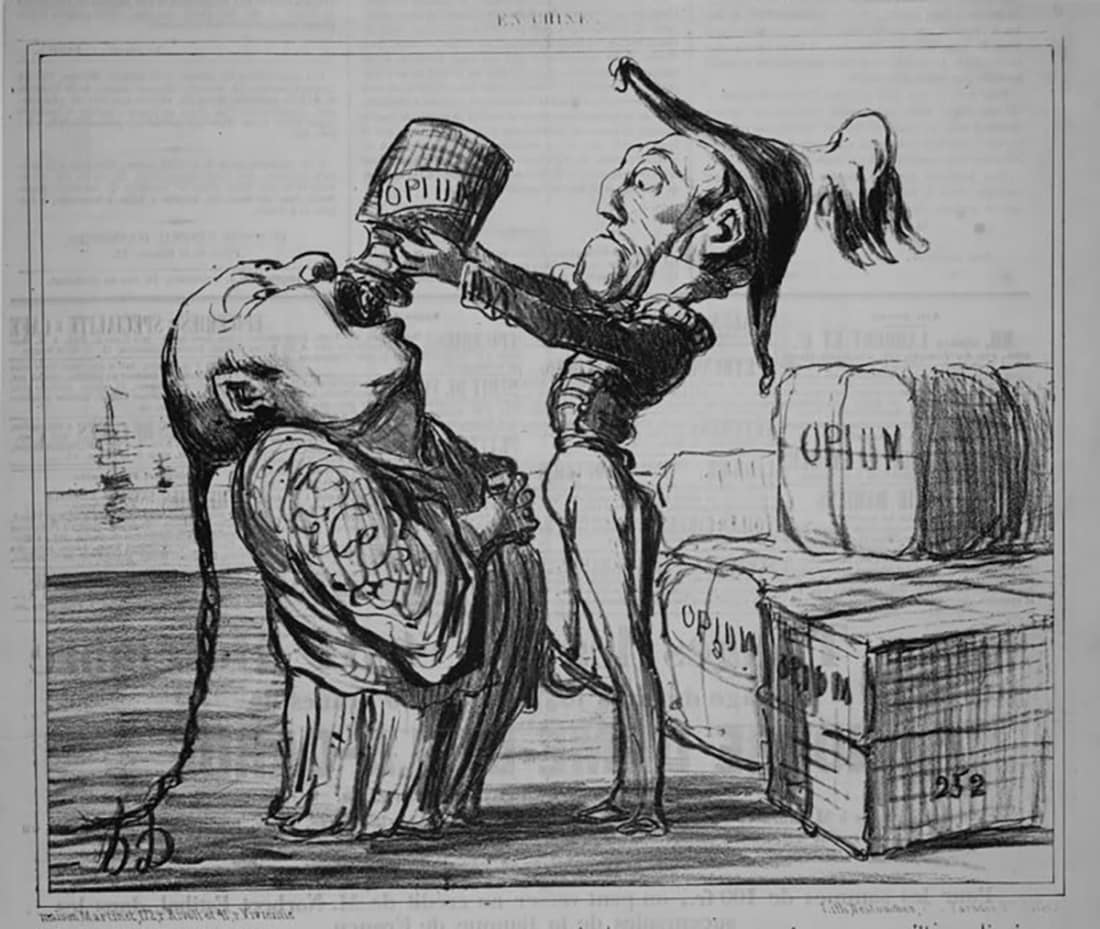


Although England lost their earlier war with us (thank you France), they won their wars with China. And a part of the surrender deal, along with open ports for opium sales, was to cede Hong Kong (aka “Fragrant Harbor”) to England. Later, the deal was reworked into a 99-year lease. Remember that, it’ll be important later on.
Today’s Hong Kong
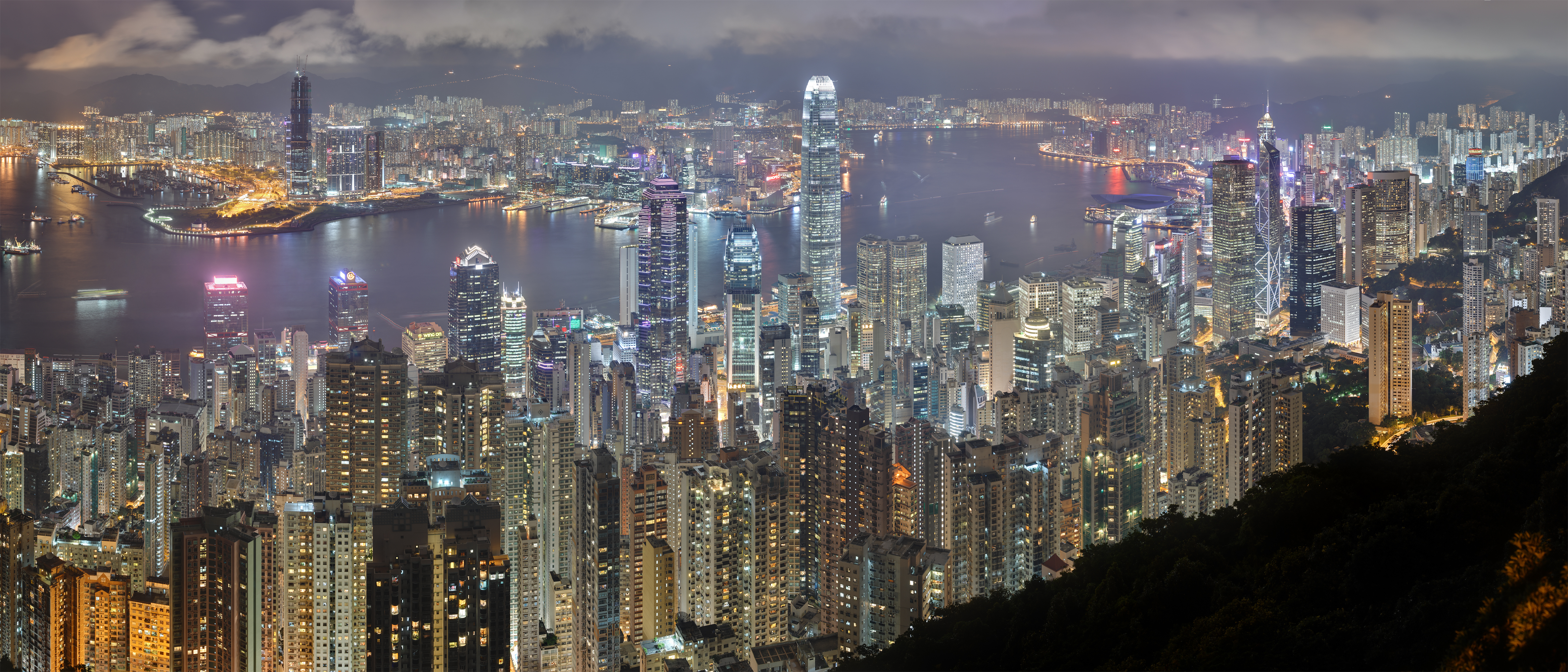
Hanna Barbera’s Hong Kong
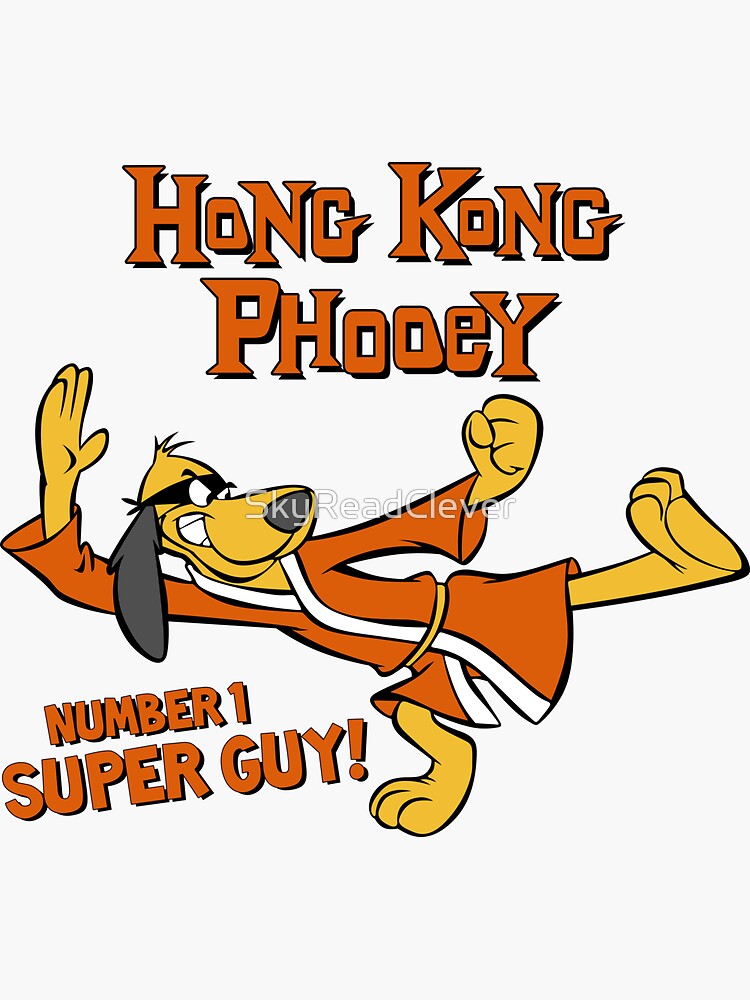
And the British brought a few of their friends along, too. The French contributed a few hundred soldiers, and here, the Stars and Stripes fly over the USS Portsmouth duking it out with Chinese forts in Canton, in the 2nd Opium War. It was America’s first dip into big time Pacific politics.
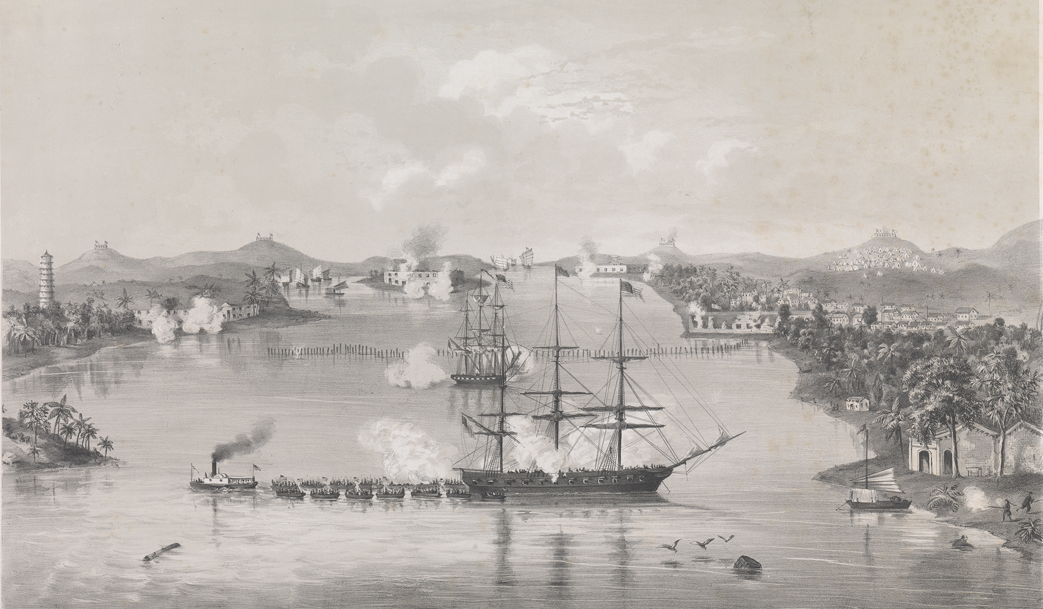
Not to be outdone by the English in China, in 1853, we forced Japan into unwanted trade, too. We didn’t push opium on them, but we did force them to trade at gunpoint, courtesy of Admiral Perry’s Black Feet.

Japan didn’t have much of a navy at the time. But we, and the British, and the French, would fix that soon enough. What good is an unarmed ally, right?
Perry even got a promotion for opening Japanese ports to American goods. And thus began American-Japanese relations, at the end of a gun barrel.
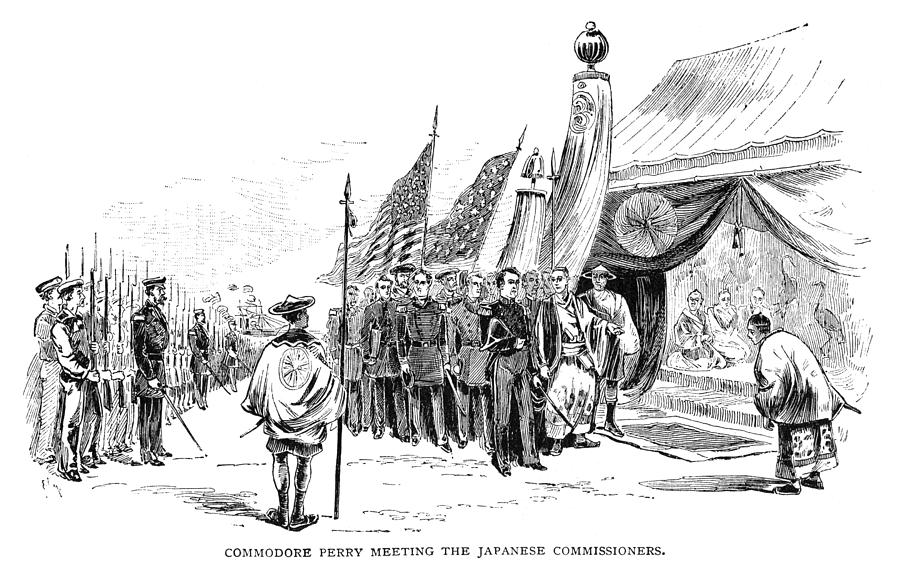
The Japanese became great, if unwilling, trade partners with us, and with many Western nations. And they would be handsomely rewarded for that association. We’ll get to that in a bit.
But the opening of Japan in 1853 actually led to a Civil War in their country, right after our Civil War, between those who were still fighting for the old Shogun/Samurai isolationism, and those who really, really liked the new Western goods, technologies, and weapons.
The Japanese Civil War, or Boshin War, 1869. Notice how some soldiers have the practically medieval pikes and halberds, and some carry the new Western rifles.

And so, following the lead of a half-dozen other European nations, America made its first tiny steps into the Pacific, first helping the British in China, and then going solo on Japan. And that’s where we’ll continue with the Pacific War, introducing the rest of the cast of characters. We’re on our way to a fateful day in December, 1941, and another one in September, 1945. And all along the way, allies become enemies, and enemies become allies.

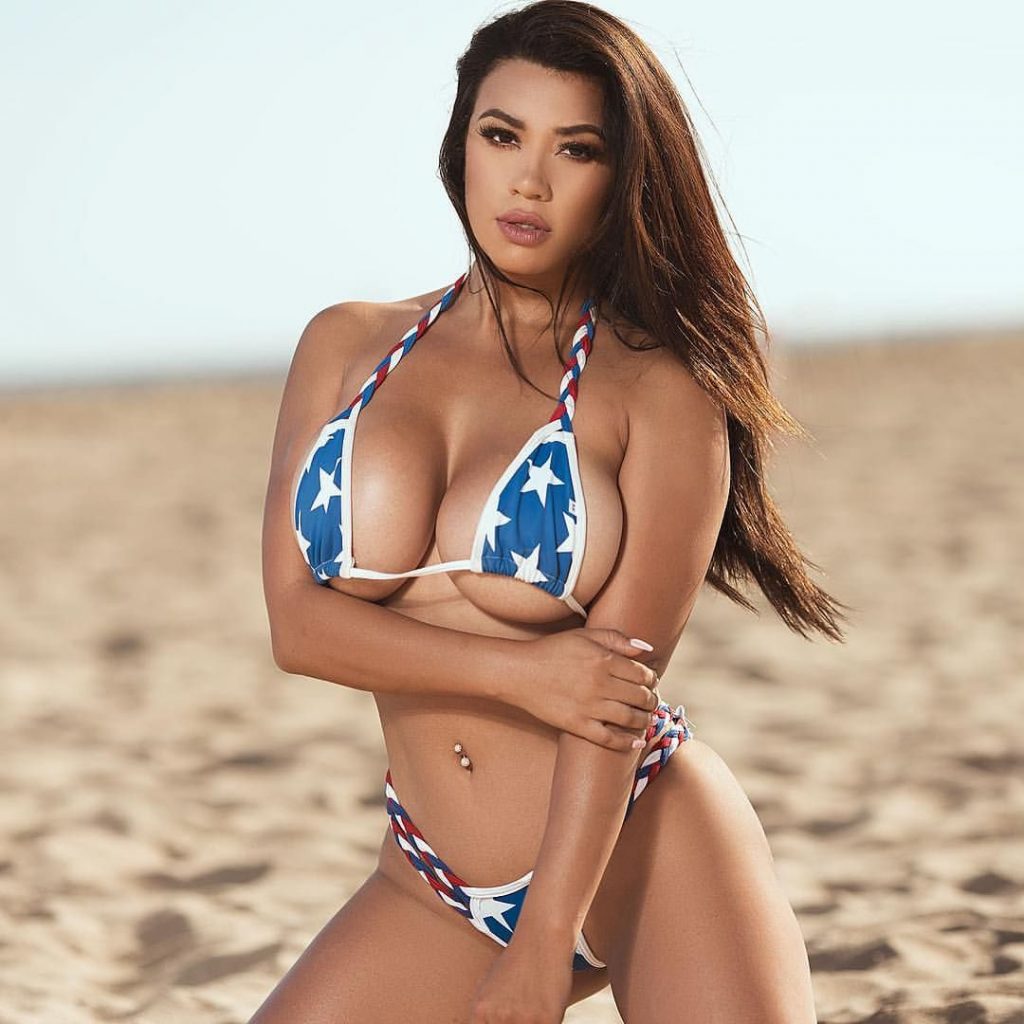

|
|
|
|
 |
All-In [47913]
TigerPulse: 100%
Posts: 44582
Joined: 9/5/02
|
3 Cheers for the Red White and Blue

4
Aug 30, 2023, 1:48 PM
|
|
and blond
|
|
|
|
|
 |
Oculus Spirit [97931]
TigerPulse: 100%
Posts: 65008
Joined: 7/13/02
|
Much improved. A nice boom right off the bat, then a

1

5

5
Aug 30, 2023, 1:51 PM
|
|
boom+boom finale. Excellent werk.
|
|
|
|
|
 |
Oculus Spirit [83199]
TigerPulse: 100%
Posts: 80189
Joined: 11/29/99
|
Sorry TD was a mistake.***

3
Aug 30, 2023, 3:19 PM
|
|
|
|
|
|
|
|
Replies: 3
| visibility 1
|
|
|



 to award
the award.
to award
the award.




















































